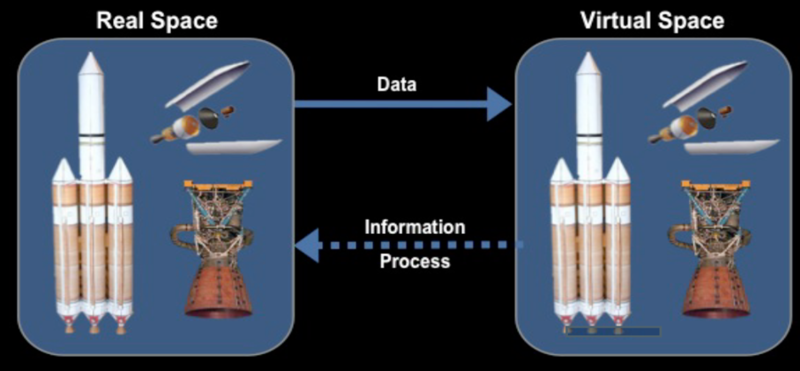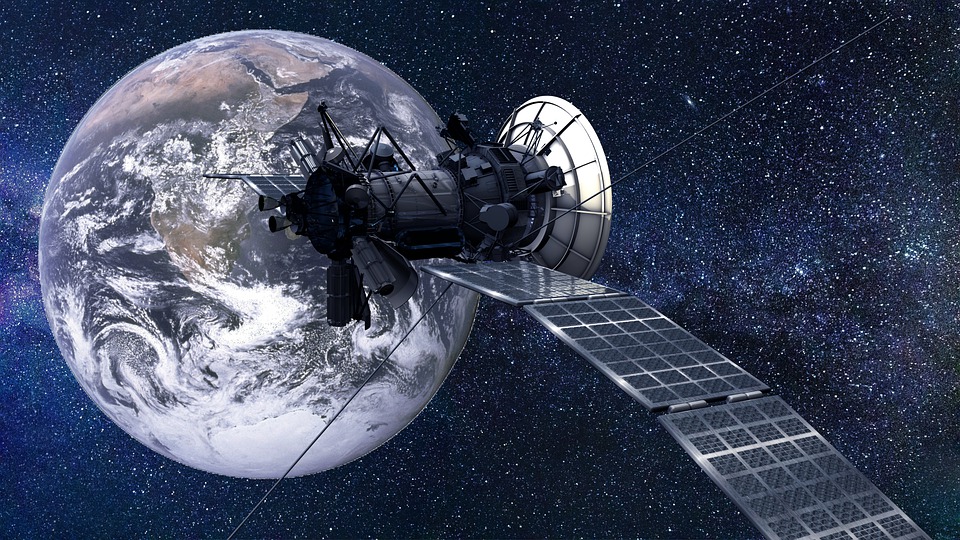However, in a more realistic governmental context, the adoption of technologies has had its own criticism and precautions that say technology will dictate the privacy of sensitive information that concerns the public interest. The benefits, as well as the harms of new-age technology adoption by governments, are weighed and contradictory terms address that technology can threaten state privacy. Nevertheless, it is evident that no government can no longer survive without entrusting technology to improve their efficiency and unshattered control over public services and resources.
This article will break down the most important technologies that promoted governments around the world by giving them the highest potential of deploying technological solutions and machines to supercharge governments’ rise to commit to responsibilities.
Technology and Government- A Story As Old As Time
Despite the contradictions that question the impact of technology on government privacy, governments have used technologies since its dawn. From letters to telephones, from fax and emails and from the printing press to the internet, governments have adopted the nature of organising and interacting with the public with technology. The newest technology disruptions had, however, spurred a sharp shift of governmental approaches, especially after industry 4.0 demands that elaborated on the benefits of using hi-tech digital solutions to optimally capitalise on data. Governments leverage these technological forces to explore ways to benefit constituents and the public alike.
However, selecting the most appropriate technology solutions is a fundamental responsibility for most governments. Since the demand for public service fluctuates over time, the financial viability of the budget also becomes tighter, which leads to high demands for smarter, integrable and reliable technologies. So governments should research the best solution and how ready the government is in taking them on. Here are some of the best technologies adopted by early government-based trend participants to optimise end-to-end governmental efforts efficiently.
In the new age, governments must be shaped based on six key trends to survive the digital revolution across the globe. They are:
- Centralising or being committed to connecting (engaging with the citizens to optimise government roles, workers and society) must be a strict discipline of the government because division can lead to ignorance of essential aspects.
- Government must take futuristic steps to adopt technologies that facilitate them now and will facilitate them in future equally.
- Governments must nurture a digital culture where decisions are driven by insightful facts extracted by data.
- Governments should adopt technologies that keep the public interest the core of operations.
- Security by default is a key trend that must be practised by all governments.
- Technologies adopted by the government must be interoperable to harness the best decision-making powers.
Best New-age Technologies Used by CIOs of Leading Governments
The adoption of digital technologies driven substantive changes across the economy by enabling several benefits for government establishments, like:
- Allow the government to maintain data integrity and exploit it as a valuable resource.
- Boost innovation and retain high-skilled workers to improve the cities from the bottom line.
- Enable end-to-end automation of governmental tasks.
- Encourage the shared deliverables of knowledge between corporate and academic domains.
- It inspires local businesses to adopt technologies like cloud computing, AI, IoT, advanced analytics and other smart technologies.
- Maximise interoperability between nationwide ecosystems to minimise efforts in achieving objectives.
- Mitigate risks and reduce costs of transactions for secured information exchanges.
- Optimise cost contaminants and national security.
Blockchain Technologies for Reliable Data Safety

This technology enables exceptional data protection and seamless data processes between transactors. This technology has proven to mitigate risks and waste, eliminate fraud and abuse by boosting the accountability and trust of data transactions. This technology is the best choice to improve the safeguard of confidential and sensitive government and public data. All leading and forward-thinking governments use this technology to enhance systems across agencies and platforms.
Cyber AI for Unfaltering Defence

This technology can be used by the government to process copious amounts of big data and learn new ways to options national security. It can help CIOs to understand new security threats and offer long-lasting solutions to overcome these threats using consistent 24/7 protection. To provide this protection, it uses run pattern recognition tools, ransomware and malware detection algorithms and other sophisticated protocols that are sensitive to the minutest suspicious behaviours in a system. This can optimise the cyber security detection, prevention and response services qualities of a country.
Digital Twin Technology for State Infrastructure

Governments can combine information extracted from all sorts of data sources with this technology to correlate the performance of a fixed asset like infrastructure, building, machine or even end-to-end plants to understand how the operations can affect other domains. FOr example, when a digital twin is powered by IIoT, the digital twin can represent how the asset performance fluctuates based on environmental changes or based on demographic data how infrastructure degrades based on public use in a certain part of a city. The greatest advantage of this visual and analytical masterpiece is that it can be extended from one asset to a whole factory or city. Thus, enabling consolidated yet comprehensive insights for governments to make powerful decisions without wasting time by relying on traditional analytical methods.
Quantum Computing Technology

Quantum Computing is another technology that is ideal for complex problems relating to optimisation. This technology leverages phenomena of quantum mechanics to solve intricate problems using advanced computation devices called ‘quantum computers’. It uses the principles and theories of quantum physics like quantum interference, superposition and entanglement to apply it for computing to solve problems that cannot be solved by other computers in a feasible time.
Governments can use this technology to optimise schedules and routes to enhance public services like services offered by municipalities like waste management, emergency responses like police, fire department, wildlife services and other public services. Due to the unavoidable benefits of this technology, many developed countries have participated in the race of adopting quantum technologies, including China, the USA, Germany, Canada, Japan, and India.
Satellite Technologies to Govern Nations from Space

They leverage satellite technology to collect data to optimise national intelligence and defence missions. This technology also plays a vital role in optimising critical telecommunication infrastructure, state-owned infrastructure health, detection of environmental or societal threats, enabling 24/7 supervision on danger-prone areas and more.
Advanced Manufacturing

Modern governments are utilising new-age technologies like IIoT, blockchain technology, satellite technology, robotic technology, additive manufacturing technology, digital twin, simulation, and more. Governments fund in enhancing industrial manufacturing technologies in industries like space, defence and military, recycling, clean energy, food and beverage, medical products, critical minerals processing and more.
Cerexio- The Best Public Technology Solution Enabler
Cerexio is one of the best technology service enablers in Singapore and Australia to help governments adopt new-age technologies to meet vital public objectives and complete governmental missions on time. We offer hi-tech solutions to facilitate many areas of governments’ concern, including public health, public utility services, data-driven case management, space exploration, environmental conservation, military and defence, energy, infrastructure management and more. The wealth of insights extracted from our technologies guide governments in making prompt, success-guaranteed and cost-effective decisions.
Are you a government striving to earn constant public trust, make cost-efficient decisions, and increase efficiency during operations? Cerexio offers technology that helps you meet all objectives, find fresh sources of resources and learn about impending public threats and risks before they occur. Connect with Cerexio to learn how our technologies can help you understand and predict the dynamic demands of your citizens and achieve better outcomes for every city, state or national decision you make.
Governments Are Responsibility For A Nation’s Digital Future
Especially after the dominance of the pandemic: COVID-19, the need for flexible operating models and the ability to be sustainable during significant disruptions have been too critical. These challenges will be prevailing for quite some time, but so will technological advancements that will lead governments in enhancing their administrations and overcoming policy issues that concern governmental leaders’ attention. Therefore, early trend-adopting governments are sure to concoct a thriving digital future for their public’s wellbeing.
